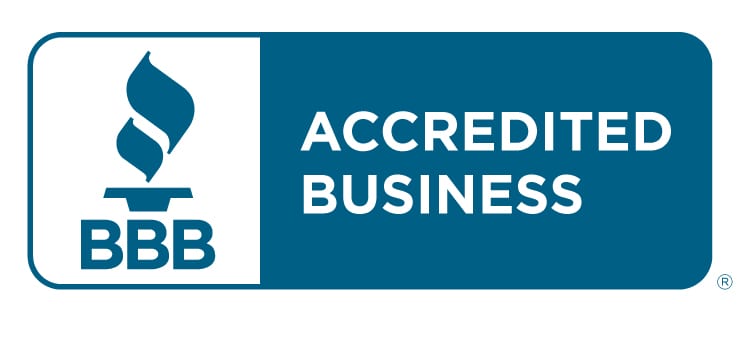
The Importance of Marketing When Starting a New Year
The Importance of Marketing When Starting a New Year
As the calendar turns and a new year begins, businesses worldwide look to re-strategize, set new goals, and position themselves for success. One of the most crucial aspects of this process is marketing. Marketing is not just about promotions or advertisements—it’s about building meaningful connections with your audience, staying ahead of industry trends, and driving sustainable growth. Here’s why marketing should be a top priority as you start a new year:
1. Establishing a Fresh Presence
The new year provides an excellent opportunity to rejuvenate your brand’s image. Refreshing your marketing campaigns or updating your brand message can help you stay relevant and capture the attention of your audience. Whether it’s redesigning your website, launching new social media content, or rolling out a fresh advertising campaign, a refreshed presence can make a big impact.
2. Engaging With Your Audience
The beginning of the year is a great time to reconnect with your customers. Send personalized emails, update your blog with engaging content, or host a virtual event to spark interest and interaction. Consistent and thoughtful engagement helps build trust and loyalty.
3. Capitalizing on New Trends
Every year brings new trends in consumer behavior and technology. Marketing efforts at the start of the year should consider these emerging trends to stay ahead of the competition. For example, embracing tools like AI-driven insights or incorporating sustainable practices can show customers that your brand is forward-thinking.
4. Setting the Tone for the Year
Your early-year marketing efforts set the tone for your brand’s direction. It’s the perfect time to clarify your messaging and align it with your goals. A strong start creates momentum and keeps you top-of-mind for your target audience throughout the year.
5. Boosting Early Sales
Kickstarting sales early in the year can be vital, especially if your business experiences seasonal slowdowns. A well-executed marketing campaign can create buzz around new products, services, or promotions, helping drive revenue and solidify customer relationships.
6. Measuring Success and Adjusting Strategies
The new year offers an opportunity to review past marketing performance and apply those insights to future strategies. Analyzing data from the previous year allows you to identify strengths, address weaknesses, and pivot your plans where necessary.
Tips for Effective New-Year Marketing:
-
Set Clear Goals: Outline measurable objectives for your marketing efforts.
-
Prioritize Digital Channels: With most audiences online, focusing on digital marketing can amplify reach and impact.
-
Show Authenticity: Consumers value genuine connections and ethical business practices.
-
Monitor Analytics: Use tools to track the effectiveness of campaigns and adjust accordingly.
Final Thoughts
Marketing at the start of a new year is a chance to reset, inspire, and grow your business. By staying proactive, innovative, and audience-focused, you can set the foundation for a prosperous year. Whether you’re a small business or an established enterprise, investing in strategic marketing initiatives can make all the difference in achieving your goals.






